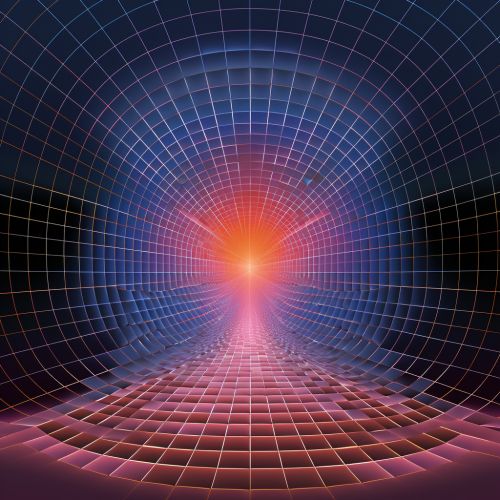Relativity
Introduction
The theory of relativity, developed by Einstein in the early 20th century, is a fundamental concept in modern physics. It describes the laws of physics as they apply to very fast-moving objects and large gravitational fields. The theory is divided into two parts: special relativity and general relativity.
Special Relativity
Special relativity, published by Einstein in 1905, is based on two postulates. The first is the principle of relativity, which states that the laws of physics are the same in all inertial frames of reference. The second is the invariance of the speed of light, which states that the speed of light in a vacuum is a universal constant, regardless of the motion of the light source or the observer.
Special relativity introduced the concept of spacetime, a four-dimensional framework combining the three dimensions of space with the one dimension of time. It also led to the famous equation E=mc^2, which shows the equivalence of mass and energy.


General Relativity
General relativity, published by Einstein in 1915, is a theory of gravitation. It generalizes special relativity and Newton's law of universal gravitation, providing a unified description of gravity as a geometric property of space and time, or spacetime.
General relativity introduced the concept of gravitational waves, ripples in the curvature of spacetime which propagate as waves, traveling outward from the source. These waves were first detected in 2015 by the LIGO and Virgo collaborations.
Experimental Evidence
Several experiments have been conducted to test the predictions of relativity. These include the Michelson-Morley experiment, which confirmed the constancy of the speed of light, and the Eddington experiment, which confirmed the bending of light by gravity. More recently, the detection of gravitational waves provided further confirmation of general relativity.
Applications
Relativity has many practical applications. For example, the Global Positioning System (GPS) relies on both special and general relativity to provide accurate location data. Without accounting for the effects of relativity, GPS would fail in its navigational functions.
